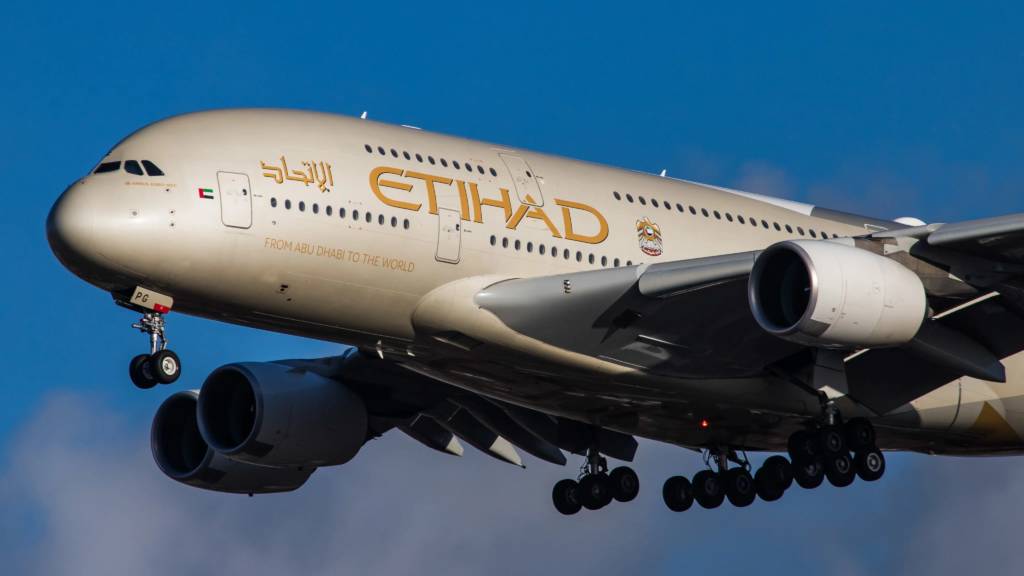Air travel was considered a luxury in the country since independence, and the previous governments made little efforts to increase air connectivity or to make it cheaper. The air passenger traffic was limited to metropolitan cities like Mumbai, Delhi, Kolkata, Chennai and Bangalore.
Since private airlines have been allowed to operate in the market, they have brought airfare to a significantly lower level due to healthy competition. The exponential increase in domestic passenger traffic coming from non-metropolitan cities is a prime example of how privatization and active government support can help the industry to grow. The civil aviation industry grew at compound annual growth rate (CAGR) of the double-digit in the last six years, except for 2019.
Given the success of private airlines and a yearly loss of more than 5,000 crore rupees by Air India, the government decided to sell the national carrier, which has a cumulative debt of more than 55,000 crore rupees. The last two attempts to sell Air India failed and now Union government is making another attempt to sell Air India with 100 per cent stake sale.
Many airlines, including some foreign ones like Etihad Airways and many domestic ones, have shown interest in making a bid for Air India. The domestic airways like Vistara, a joint venture of Tata Sons and Singapore Airlines, and IndiGo are vigorously competing to bag the state-owned national carrier.
The strongest among the foreign competitors seems to be Etihad Airways, a UAE based international carrier with its main base being Abu Dhabi International Airport. Air India going in the hand of an international will bring the best international practices in the Indian civil aviation industry. 100 per cent FDI is allowed in the aviation sector with the approval of DGCA.
UAE has set the standards in International Civil Aviation industry and civil aviation industry contributes 15 per cent to the UAE economy. The civil aviation industry is so influential in UAE that, the agency executive of General Civil Aviation Authority (GCAA) is also the finance minister of the Emirates.
The UAE has four international carriers- Emirates, Etihad Airways, Air Arabia and flydubai- with a fleet size of 512 aircraft at the end of 2017. UAE handled 126.5 million passengers and the Dubai International Airport alone handled 89.1 million passengers in 2018, and is the second busiest airport in the world and the busiest in the region.
Millions of passengers halt at Dubai airport every year and give tremendous business to the country, due to the dominance of UAE’s airlines in the international aviation scene. UAE’s exceptional dedication is noticeable as no other city or airport in the region boasts of such crowds—not Istanbul, not Riyadh, not Muscat. India, with giant airports in megalopolises like Delhi and Mumbai, has much to learn from this.
The Indian civil aviation industry is expected to register grew through leap and bounds; given the burgeoning aspiration middle class of the country and active government support. But, so far, the domestic airlines have not been able to match the standards of international airlines like Etihad Airways in terms of services, despite the active government support, at least to provide air connectivity to smaller cities.
Under the Regional Connectivity Scheme (RCS), launched in April 2017, the government is working to make air travel affordable and increase the connectivity in tier two and tier three cities of the country.
As many as 43 cities are expected to get regular connectivity under this new scheme and a dozen airports where limited but irregular flights operate will be connected. 31 destinations which were not connected earlier despite having airports will now become active.
Indian airlines carried more than 12 crore passengers in the fiscal year 2017-18 against 6.1 crore passengers in the fiscal year of 2013-14. The compound annual growth rate (CAGR) in the number of passengers is a whopping 19 per cent.
There was a rise of 18.1% over the corresponding month from the previous year. Growth in international and domestic air traffic over India for the month of April 2018 was 5.8% and 21.1% respectively. The cut-throat competition in the civil aviation industry has brought down the prices by airfare by 20-25 per cent, but, the service quality has declined at the same time. If an international airline like Etihad is able to make a successful bid for Air India; it will make the market more competitive in terms of services and international practices in civil aviation.
